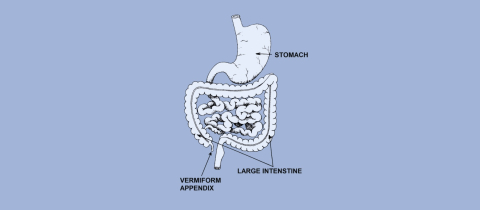“Your tongue knows what everything feels like.” This phrase has 27.6M hits on TikTok, leaving people with their tongues hanging out and brows furrowed. Of course, we know the texture of our morning cereal and metal spoons. But as you imagine touching your tongue to your computer mouse, pillowcase, and couch cushions, why is it that your tongue tells you these odd textures are familiar too?
To understand how the tongue stores sense memory, we need first to understand how the tongue receives sensory information. Scattered across the tongue are small bumps called papillae, which make contact with your food (or your couch) and translate that interaction into a chemical message about your food: hot or cold, salty or sweet, hard or soft. There are a few different types of papillae that are structured and scattered slightly differently across the tongue to receive touch and taste information.
Once the information is relayed to the tongue, it has to be transported to the brain to be understood. The tongue is wired separately between motor function (how it moves) and sensory function (what it feels and tastes). All except one of the muscles of the tongue are innervated by the hypoglossal nerve, the 12th cranial nerve. The remaining muscle, the palatoglossus, is responsible for closing the soft palate to the back of the tongue — exactly what you do during a dentist appointment and don’t want a continuous backwash of mint. The palatoglossus is instead innervated by branches coming from the vagus nerve (the 10th cranial nerve).
While taste zones are fake, the tongue does indeed have zones when it comes to sensory information: the anterior 2/3 (the front part that you see) and posterior 1/3. General sensation (touch and feel) to the anterior 2/3 of the tongue comes from the lingual nerve, a branch from the 5th cranial nerve. Taste in this region is communicated by the chorda tympani nerve, which is a branch of the 7th facial nerve. In the posterior part, sensory and taste information are processed by the glossopharyngeal nerve (the 9th cranial nerve) as well as the laryngeal branch of the vagus nerve. An army of wiring sends information from the brain to the tongue, and vice versa.
These nerves will carry the information to their parent cranial nerves (as we’ve learnt, nerves 5, 7, 9, 10, and 12 are involved) to be brought to the brainstem. The brainstem acts as a sorting room, tagging each message by its sensory modality: taste, touch, and temperature so that it can be properly relayed to the sensory hub, the thalamus. Finally, this information is processed, integrated, and interpreted by the appropriate part of the cerebral cortex. Couch cushion is quickly processed as soft, velvety, not tasty and this memory is stored for later.
The memory has to come from somewhere. A vital stage of development in infancy is exploration through touch. If you look at a sensory homunculus, designed to depict the proportional innervation to different parts of the body, you’ll notice that the hands and mouth/tongue are huge! From months three to five of your life, exploration of the world was, in part, guided by the tongue. Infants will get to know their environment by touching with their hands and their mouths, which is why this sensory memory exists!
The tongue knows how the world feels thanks to the sensory input from the lingual nerve and glossopharyngeal nerve, and the storage of mouthfeel memory in the brain. While you don’t remember running your tongue across the couch cushions, your tongue does.







